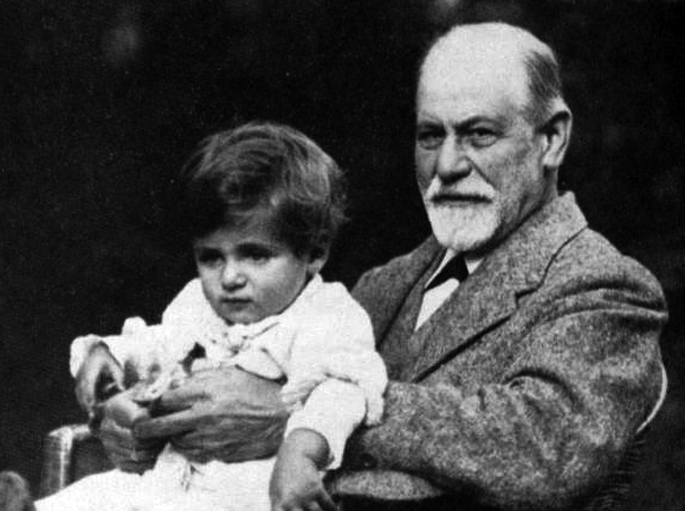

The little five-year-old Hans, whose real name was Herbert Graf, was the first baby to be cared for by Sigmund Freud in 1908. Hansen didn't want to leave the house, he feared the horse on the street would bite him. His parents, who were from Freud's family, went to ask him for help.
Freud had already written Three essays on childhood sexuality. She recommended her parents to ask her child what she thought, what she felt about her father and mother, and about the little sister she had just been born. Hansas spoke daily to his father, who wrote interesting remarks about Freudi.
Thus, as the child gradually calmed down, the situation became clearer. According to the Austrian psychoanalyst, Hansen wanted to have his mother for himself and move his father away from life. But this could cause his father’s disapproval and make him afraid, for Hansen loved his father. The result of the struggle between desire and prohibition was a phobic symptom: the fear that the horse with mustaches would bite him. This symptom benefited Hans, who could stay with his mother.
The importance of child affective development
The affective-sexual development of children and their importance in adults is the heritage of our culture. Since the 20th century, much research has been done on the psychic development of boys and girls: since they are born, boys and girls start their relationship resources and have an exchange with their environment. Children need, for the development of their personality, an awareness of their body and their mental capacity, overcoming the initial symbiotic relationships.
Even today, there are boys and girls who fear what is represented as Hans. Sometimes they say fear of something, other times anguish is not related to a given reason. Anguish leads to the ability to think of a vicious circle. Relations with others, which cannot be controlled, become very dangerous and therefore uninteresting.
Children who feel this discomfort come up motivated to therapy sessions: loves and angry, forbidden or impossible, can express them with toys, white paper and pencils. The boy and the girl express their concern through play. The therapeutic process aims to give meaning to the drawing, to seek articulation with the environment and to be able to symbolize it later. The symbol brings together the past and the present and emerges from the experience of losing something that is loved. He's his witness.
Hansas, speaking of what scared him, invented a fear. That helped her.